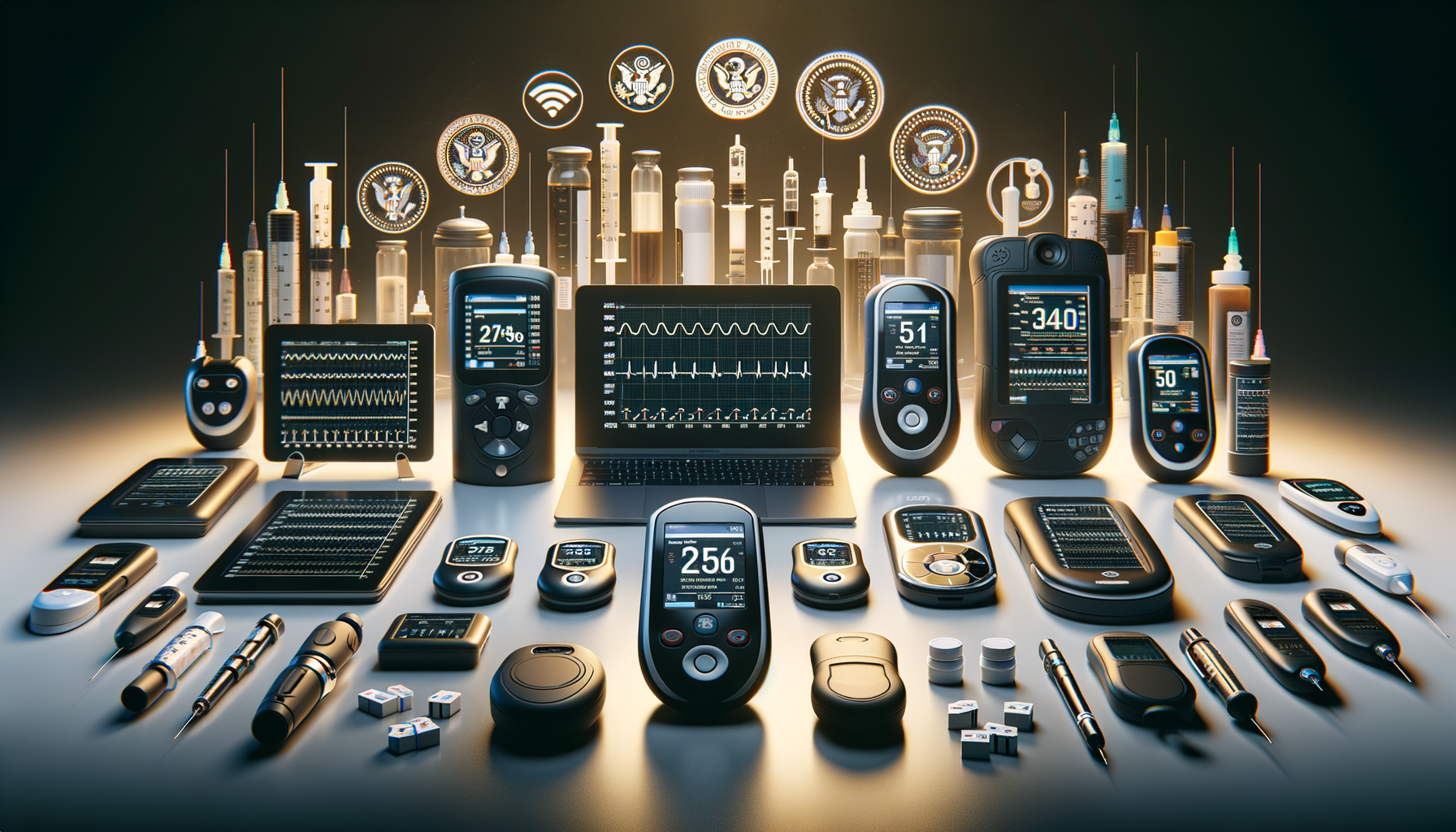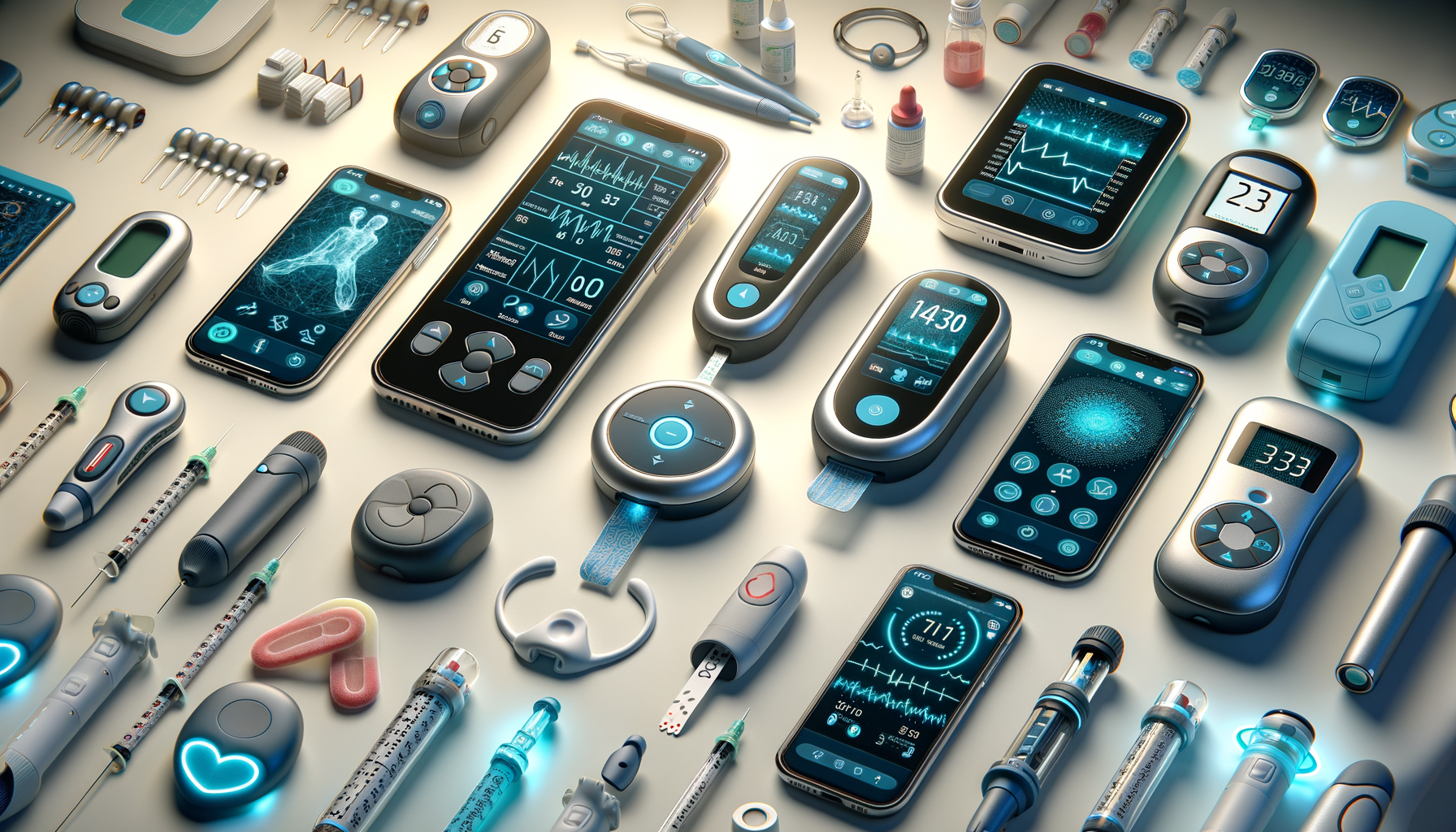Introduction to Glucose Monitoring Devices
Glucose monitoring devices are essential tools for individuals managing diabetes, providing real-time data on blood sugar levels. These devices have evolved significantly over the years, offering more convenience and accuracy. The importance of these devices cannot be overstated, as they empower users to make informed decisions about their diet, exercise, and medication. By consistently monitoring glucose levels, individuals can prevent complications associated with diabetes, such as cardiovascular diseases, nerve damage, and vision problems.
Modern glucose monitoring devices come in various forms, including traditional glucometers and continuous glucose monitors (CGMs). Traditional glucometers require a small blood sample, usually obtained via a finger prick, to measure glucose levels. On the other hand, CGMs offer a more advanced solution, continuously tracking glucose levels through a sensor placed under the skin. This real-time data is transmitted to a display device, allowing for more dynamic management of diabetes.
The choice of device often depends on personal preference, lifestyle, and budget. However, the advent of government-backed programs is making these devices more accessible, ensuring that individuals from all walks of life can benefit from cutting-edge technology in diabetes management.
The Role of Government in Glucose Monitoring
Government involvement in healthcare, particularly in diabetes management, plays a crucial role in ensuring that all citizens have access to necessary medical devices and treatments. Many governments worldwide have recognized the burden diabetes places on individuals and healthcare systems. As a result, they have implemented programs to subsidize or provide glucose monitoring devices at reduced costs.
These initiatives aim to alleviate the financial burden on individuals, making it easier for them to manage their condition effectively. By investing in preventive care, governments can reduce long-term healthcare costs associated with diabetes complications. Furthermore, these programs often include educational components, helping individuals understand how to use their devices effectively and interpret their glucose data.
In addition to financial support, governments also play a role in regulating the quality and safety of glucose monitoring devices. By setting standards and conducting regular inspections, they ensure that the devices available in the market meet the necessary safety criteria, providing users with reliable and accurate tools for diabetes management.
Exploring Government-Backed Glucose Monitoring Programs
Government-backed glucose monitoring programs are designed to provide individuals with affordable access to essential diabetes management tools. These programs vary by region but generally aim to reduce the cost of glucose monitoring devices and supplies, making them more accessible to those in need.
One common approach is through subsidies, where the government covers a portion of the cost of devices and supplies. This can significantly reduce out-of-pocket expenses for individuals, encouraging more frequent and consistent monitoring of glucose levels. Additionally, some programs provide devices directly to individuals at no cost, especially for those in low-income brackets or without insurance coverage.
These programs often collaborate with healthcare providers, ensuring that individuals receive comprehensive care. This includes regular check-ups, personalized advice from healthcare professionals, and access to educational resources. By integrating glucose monitoring into a broader healthcare strategy, these programs aim to improve overall health outcomes for individuals with diabetes.
How to Access Government-Supported Glucose Monitoring
Accessing government-supported glucose monitoring programs requires understanding the eligibility criteria and application process. Typically, these programs are available to individuals diagnosed with diabetes, although specific requirements may vary by region.
To begin, individuals should consult with their healthcare provider or local health department to learn about available programs in their area. Healthcare providers can offer guidance on eligibility and assist with the application process. Additionally, many government websites provide detailed information on program offerings, including how to apply and what documentation is required.
Once enrolled, individuals can benefit from reduced costs on glucose monitoring devices and supplies. Some programs also offer additional support, such as consultations with diabetes educators and access to online resources, ensuring that participants have the knowledge and tools needed to manage their condition effectively.
Conclusion: Empowering Individuals Through Accessible Technology
Government-backed glucose monitoring programs represent a significant step forward in diabetes care, making advanced technology accessible to a broader audience. By reducing financial barriers, these programs empower individuals to take control of their health, leading to better management of their condition and improved quality of life.
For those living with diabetes, understanding and utilizing these programs can be transformative. Not only do they provide access to essential tools, but they also offer support and education, helping individuals navigate the complexities of diabetes management. As these programs continue to evolve, they hold the promise of a healthier future for millions of individuals worldwide.



Leave a Reply